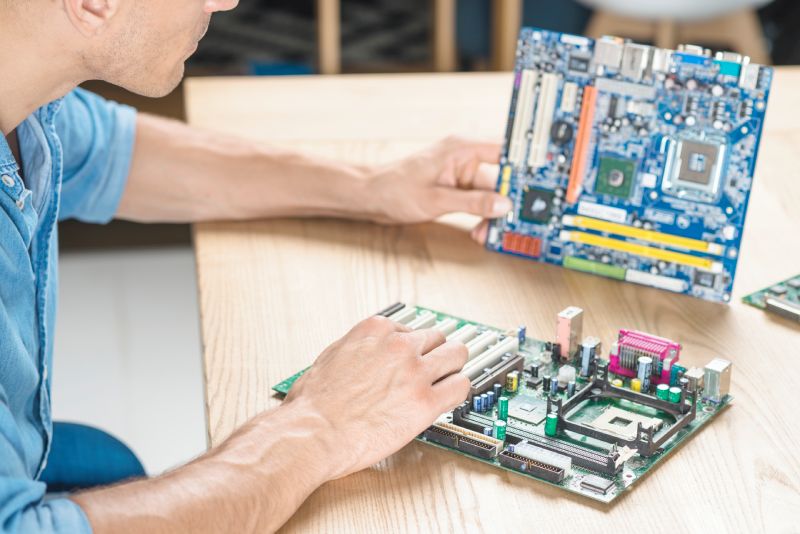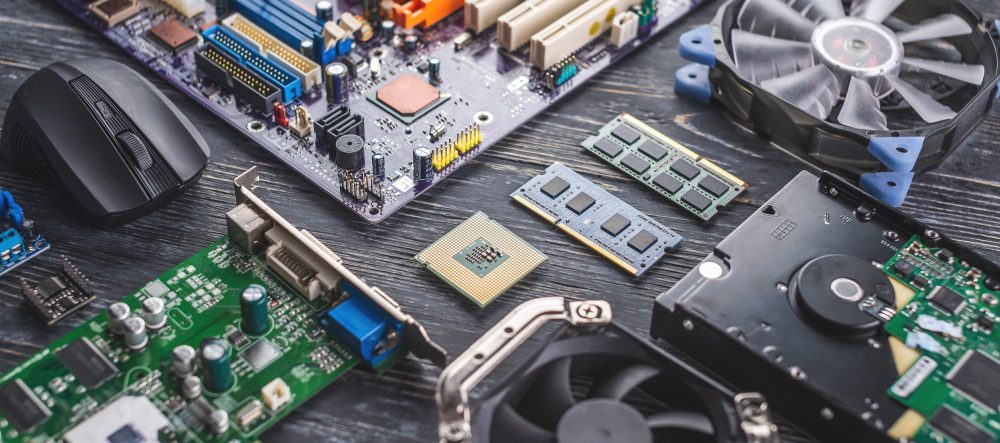Integrated vs. Non-Integrated Motherboards
A motherboard, or mainboard, is the central hub of a computer system. It connects all the components of a computer, including the CPU, RAM, graphics card, storage devices and more. The motherboard provides the communication between these components and the operating system, ensuring that data is transferred quickly and efficiently.
Integrated Motherboards
An integrated motherboard, also known as a system-on-a-chip (SoC), is a single circuit board that combines the functionality of several components. These components can include the CPU, graphics card, and sound card. The integration of these components into a single board makes for a compact system that can save space, reduce power consumption, and improve performance.
Benefits of Integrated Motherboards
Integrated motherboards offer several benefits over traditional, non-integrated motherboards.
These benefits include:
- Reduced power consumption and heat generation due to the integration of multiple components
- Increased reliability due to fewer points of failure
- Improved performance due to faster communication between the integrated components
- Lower cost compared to purchasing individual components separately
Disadvantages of Integrated Motherboards
While integrated motherboards offer many benefits, they also have some downsides. These include:
- Limited upgrade options due to the integration of components
- Less customization options compared to traditional motherboards
- Lower performance compared to high-end, non-integrated components
Non-Integrated Motherboards
A non-integrated motherboard, also known as a discrete motherboard, is a traditional motherboard that uses individual components for each function. These components can include a separate CPU, graphics card, and sound card, among others. While non-integrated motherboards are larger and more complex, they offer greater customization and upgrade options.
Benefits of Non-Integrated Motherboards
Non-integrated motherboards offer several benefits over integrated motherboards. These benefits include:
- Greater customization options due to the individual components
- More upgrade options compared to integrated motherboards
- Higher performance compared to integrated components
Disadvantages of Non-Integrated Motherboards
Despite the benefits, non-integrated motherboards have some downsides. These include:
- Higher power consumption and heat generation due to multiple components
- More potential points of failure due to the increased complexity
- Higher cost compared to integrated motherboards
Which is Better: Integrated or Non-Integrated?
The decision to use an integrated or non-integrated motherboard ultimately depends on your needs and requirements. If you are building a compact system or require lower power consumption, an integrated motherboard may be the better choice. However, if you require greater customization and upgrade options, a non-integrated motherboard may be the way to go.
Pros & Cons Comparison
| Integrated Motherboard | Non-Integrated Motherboard | |
|---|---|---|
| Pros |
|
|
| Cons |
|
|
Conclusion
In conclusion, both integrated and non-integrated motherboards have their pros and cons. It’s essential to consider your needs and requirements before choosing a motherboard for your computer system. Whether you go with an integrated or non-integrated motherboard, make sure to do your research and select a reputable brand to ensure reliability and performance.



